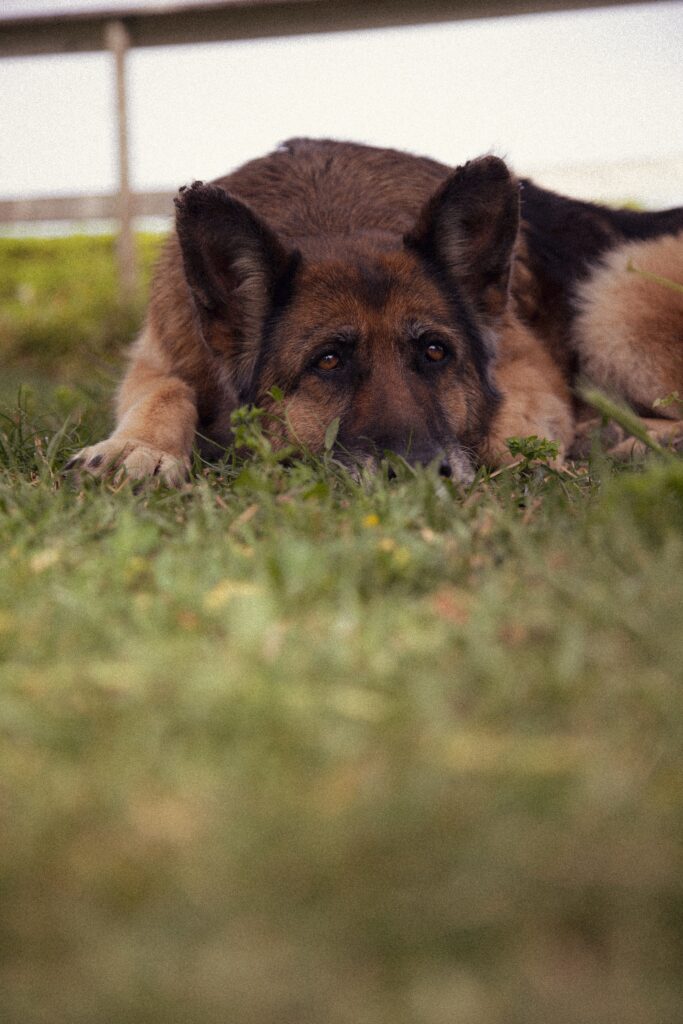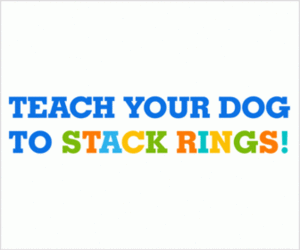
Walking your dog is a great way to get exercise and enjoy the outdoors together. But if your dog is always pulling on the leash, it can be frustrating and even dangerous. That’s where heel training comes in. Heel training teaches your dog to walk calmly and close to your side, regardless of distractions. It’s a valuable skill for any dog owner, and it can make walks much more enjoyable for both of you.
In this blog post, we will discuss the following:
- What is heel training?
- Why is it important?
- How to teach your dog to heel
- Common mistakes to avoid
- Tips for success
What is heel training?
Heel training is a method of teaching your dog to walk calmly and close to your side, regardless of distractions. It is important for several reasons. First, it can help to keep your dog safe. When your dog is walking close to you, you are less likely to trip over them or have them run into traffic. Second, it can help to prevent your dog from pulling on the leash. When your dog is heeling, they are less likely to be distracted by other animals or people. Third, it can help to improve your dog’s obedience. When your dog learns to heel, they are learning to follow your commands.
Why is it important?
Heel training is important for several reasons. First, it can help to keep your dog safe. When your dog is walking close to you, you are less likely to trip over them or have them run into traffic. Second, it can help to prevent your dog from pulling on the leash. When your dog is heeling, they are less likely to be distracted by other animals or people. Third, it can help to improve your dog’s obedience. When your dog learns to heel, they are learning to follow your commands.

How to teach your dog to heel
Here are some tips on how to teach your dog to heel:
- Start with a short leash. A short leash will give you more control over your dog and make it easier to teach them to stay close to you.
- Find a quiet place to practice. You want your dog to be able to focus on you and the task at hand, so it’s important to find a place where there are no distractions.
- Use a marker word or sound. A marker word or sound is something that you will use to let your dog know that they have done something correctly. A common marker word is “yes.”
- Start by rewarding your dog for being close to you. When your dog is walking next to you, give them a treat or a pat on the head.
- Gradually increase the distance between you and your dog. As your dog gets better at staying close to you, you can gradually increase the distance between you.
- Be patient and consistent. Training your dog to heel takes time and patience. Be consistent with your training and your dog will eventually get the hang of it.
Common mistakes to avoid
Here are some common mistakes to avoid when teaching your dog to heel:
- Not being consistent. If you are not consistent with your training, your dog will get confused and it will be harder for them to learn.
- Not using a marker word or sound. A marker word or sound is essential for training your dog to heel. It lets them know that they have done something correctly and that they are about to be rewarded.
- Not rewarding your dog often enough.When your dog does something correctly, you need to reward them immediately. If you wait too long, they may forget what they did to earn the reward.
- Getting frustrated. It’s important to stay patient and positive when training your dog to heel. If you get frustrated, your dog will pick up on your negative energy and it will make it harder for them to learn.
Tips for success
Here are some tips for success when teaching your dog to heel:
- Start young. The younger your dog is, the easier it will be to train them to heel.
- Make it fun. Training should be fun for both you and your dog. If your dog is not having fun, they are less likely to want to learn.
- Be patient and consistent. Training your dog to heel takes time and patience. Don’t get discouraged if your dog doesn’t get it right away. Just keep practicing and you will eventually see results.
- Use positive reinforcement. Positive reinforcement is the best